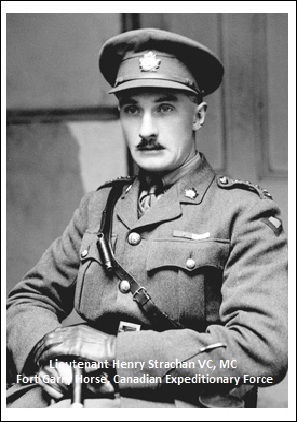| Language of origin | English language |
| Feature Type: | Mount - Variation of Mountain: Mass of land prominently elevated above the surrounding terrain, bounded by steep slopes and rising to a summit and/or peaks. ["Mount" preceding the name usually indicates that the feature is named after a person.] |
| Status: | Official |
| Name Authority: | BC Geographical Names Office |
| Relative Location: | On BC-Alberta boundary N of Fording River Pass, N of Elkford, Kootenay Land District |
| Latitude-Longitude: | 50°22'58"N, 114°49'06"W at the approximate centre of this feature. |
| Datum: | WGS84 |
| NTS Map: | 82J/7 |

|
Origin Notes and History:
|
Adopted in Place Names of Alberta, published in 1928 by the Geographic Board of Canada, in turn as labelled on BC-Alberta boundary map #10, surveyed in 1916, published in 1917. Source: BC place name cards, or correspondence to/from BC's Chief Geographer or BC Geographical Names Office |
|
Named by interprovincial boundary surveyors, "after Lieutenant Henry Strachan, VC, Fort Garry Horse; in November 1917, he led a squadron through the enemy line of machine guns, then led the charge on the enemy battery, killing seven gunners with his sword." Source: Place Names of Alberta; published for the Geographic Board by Department of Interior, Ottawa, 1928. |
|
“Harcus Strachan, MC, Fort Garry Horse, Canadian Cavalry. For most conspicuous bravery and leadership during operations. He took command of the squadron of his regiment when the squadron leader, approaching the enemy front line at a gallop, was killed. Lieutenant Strachan led the squadron through the enemy line of machine-gun posts, and then, with the surviving men, led the charge on the enemy battery, killing seven gunners with his sword. All the gunners having been killed and the battery silenced, he rallied his men and fought his way back at night through the enemy’s line, bringing all unwounded men safely in, together with fifteen prisoners. The operation – which resulted in the silencing of an enemy battery, the killing of the whole battery personnel and many infantry, and the cutting of three main lines of telephone communication two miles in rear of the enemy’s front line – was only rendered possible by the outstanding gallantry and fearless leading of this officer.” (Strachan's Citation for the Victoria Cross, published in The London Gazette, 18 December 1917.) [Strachan’s given name, Henry, was corrected in a subsequent edition of the paper.] Source: included with note |
|
"Henry Mareus "Harcus" Strachan MC, VC (7 November 1884 - May 1, 1982) was a Canadian recipient of the Victoria Cross, the highest and most prestigious award for gallantry in the face of the enemy that can be awarded to British and Commonwealth forces.... Strachan was 33 years of age, and serving in the First World War with the Canadian Expeditionary Force as a Lieutenant in The Fort Garry Horse, when he performed the action for which he was awarded the Victoria Corss. It has become traditional for the Garrys to hold a parade every year on the anniversary of Strachan's unlikely cavalry exploit:
Source: included with note |

